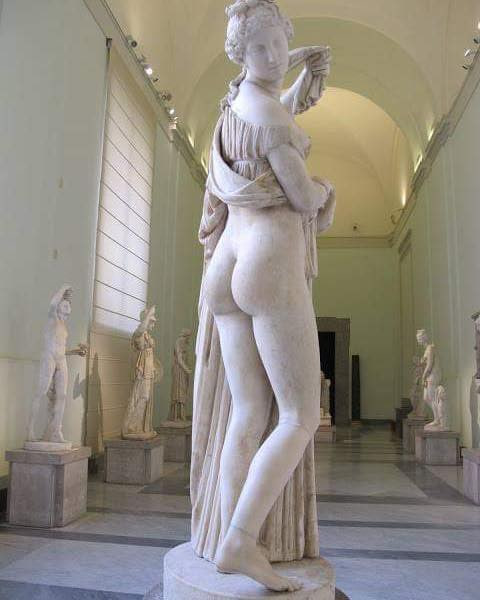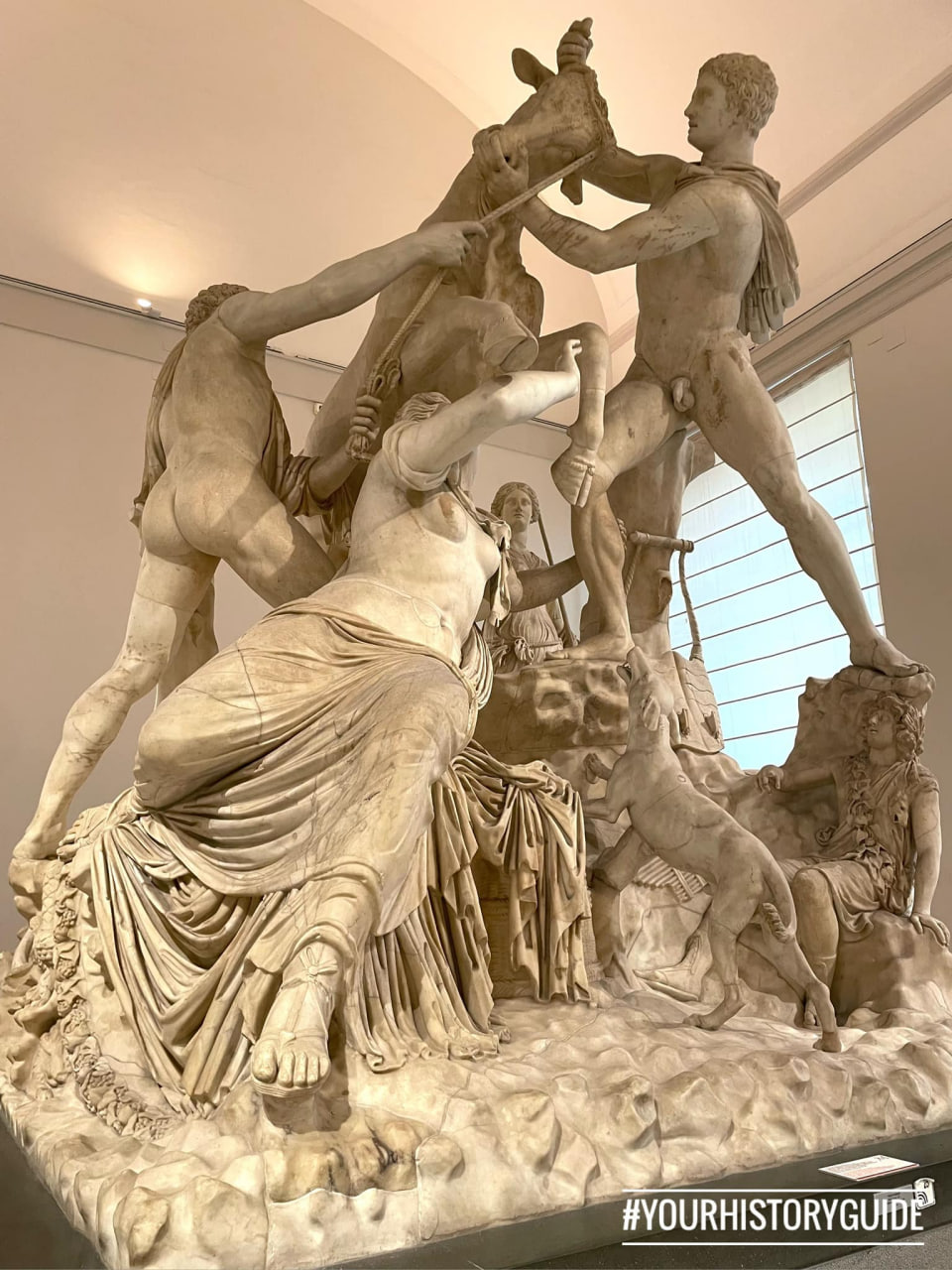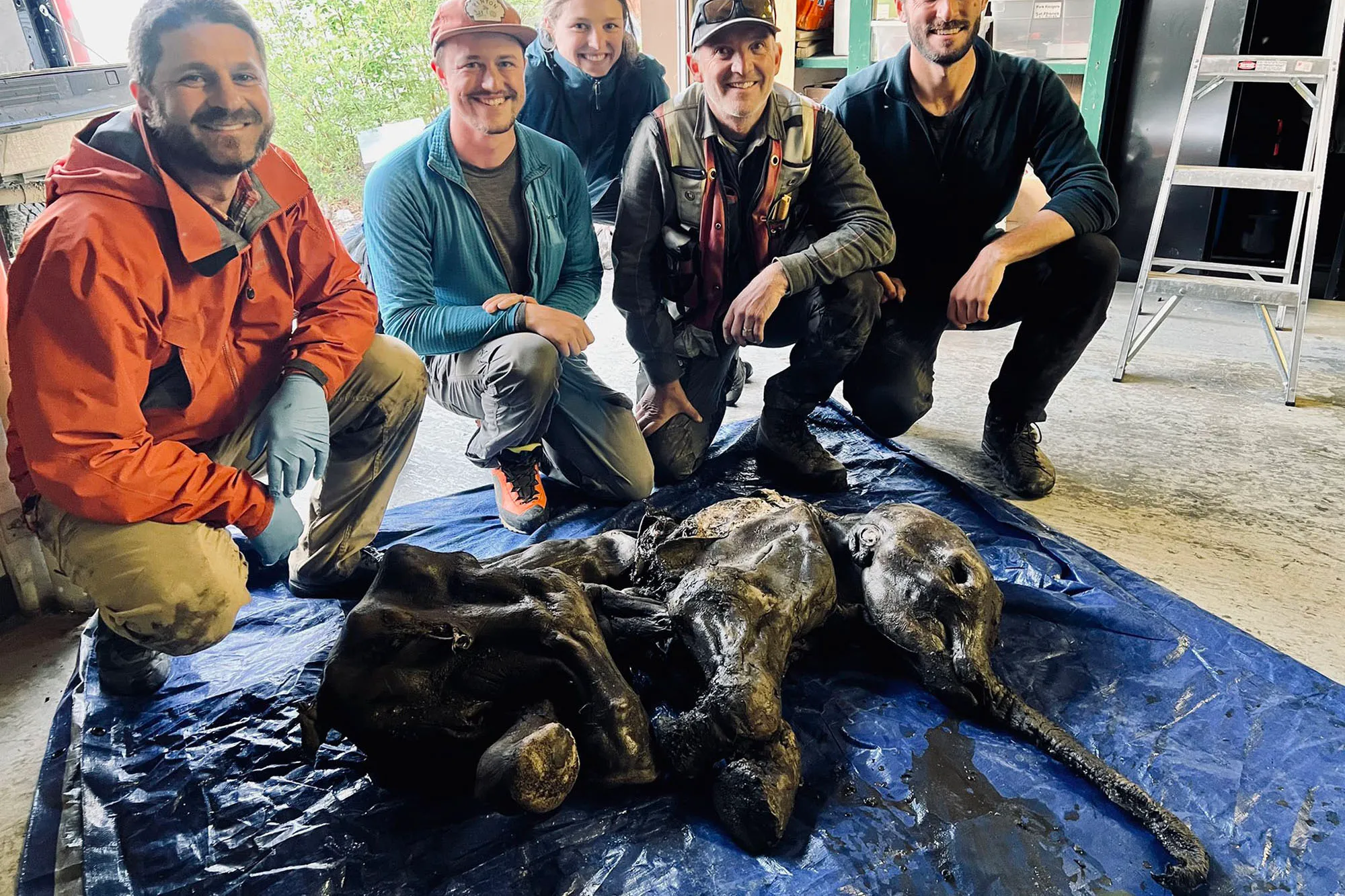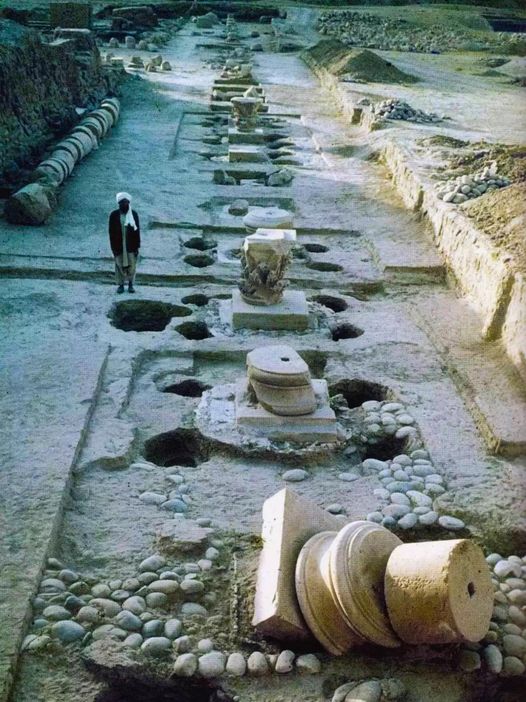Nestled in the heart of Rome stands an architectural wonder that has endured the test of time—the Pantheon. Dating back 1900 years, this magnificent structure boasts the world's largest unreinforced concrete dome, a testament to the ingenuity and craftsmanship of ancient Roman engineers. As one of the most iconic landmarks of antiquity, the Pantheon continues to captivate visitors with its grandeur and architectural brilliance, serving as a timeless symbol of Rome's rich cultural heritage.

A Glimpse into History: The Origins of the Pantheon
Built by the Emperor Hadrian between 118 and 128 AD, the Pantheon stands as a testament to the grandeur and power of ancient Rome. Originally constructed as a temple dedicated to all the gods of ancient Rome, the Pantheon's name translates to "temple of all gods" in Greek. Its imposing façade and majestic dome have inspired awe and admiration for centuries, drawing visitors from around the world to marvel at its beauty and architectural splendor.

Engineering Marvel: The Unmatched Dome of the Pantheon
At the heart of the Pantheon lies its most remarkable feature—the awe-inspiring dome that spans an impressive 43.3 meters (142 feet) in diameter. What makes this dome truly extraordinary is the fact that it is constructed entirely of unreinforced concrete, a remarkable feat of ancient engineering. The dome's innovative design, with a series of decreasing concrete rings stacked on top of each other, distributes the weight evenly, allowing it to support its massive weight without the need for additional reinforcement.
Cultural Icon: The Pantheon Through the Ages
Throughout its long and storied history, the Pantheon has served as a symbol of Rome's cultural and architectural prowess. From its days as a pagan temple to its conversion into a Christian church in the 7th century, the Pantheon has witnessed the rise and fall of empires, the ebb and flow of civilizations. Its timeless beauty and enduring significance continue to inspire artists, architects, and historians alike, leaving an indelible mark on the cultural landscape of Rome and beyond.
Archeology and Preservation: Safeguarding the Legacy of the Pantheon
As one of the most important archaeological sites in Rome, the Pantheon stands as a testament to the ingenuity and creativity of ancient civilizations. Archaeologists and preservationists work tirelessly to study and conserve this iconic monument, ensuring that it remains accessible to future generations. Through ongoing research and conservation efforts, we gain valuable insights into the engineering techniques and architectural achievements of our ancestors, preserving the legacy of the Pantheon for centuries to come.






